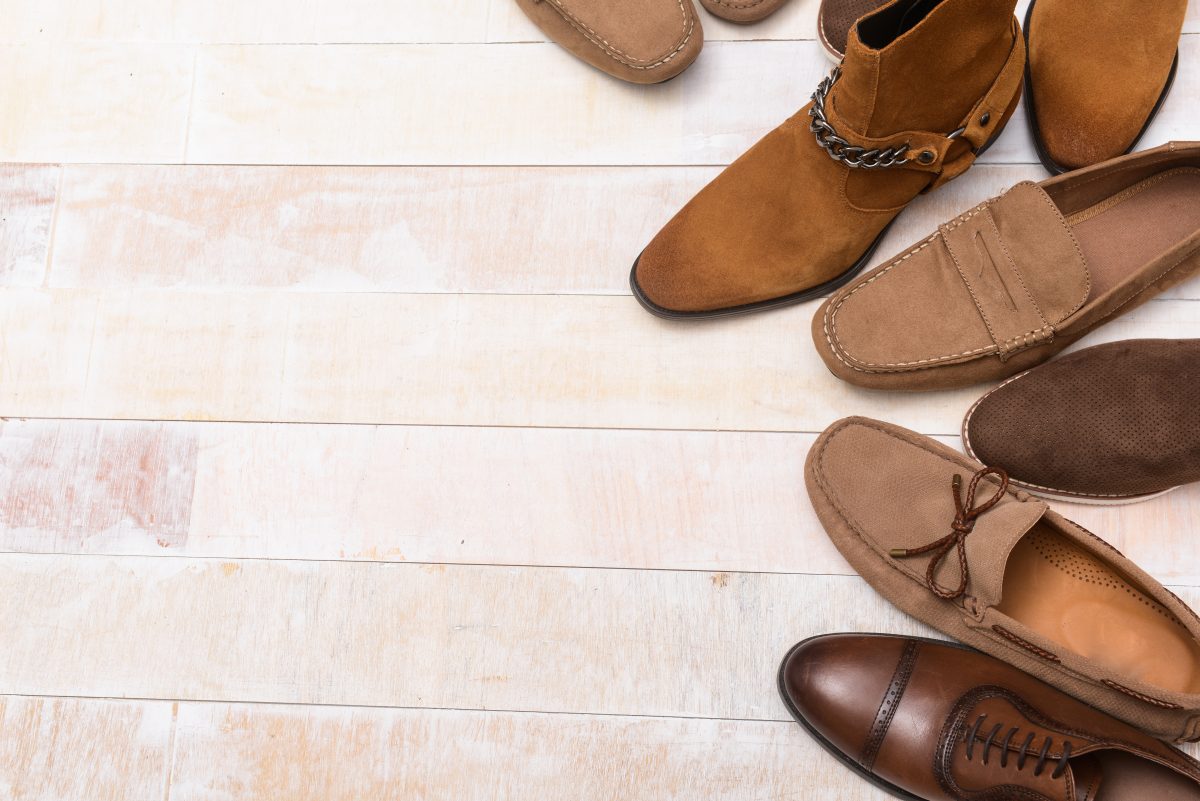To begin, let’s be completely obvious: nubuck and suede are both two different types of leather.
I don’t try to blame you if you are perplexed – nubuck and suede have a completely different texture than what comes to mind when you think “leather.” For instance, when you treat an animal hide, you will get leather, which is the sturdy, pliable material that makes up your leather boots. Generally speaking, it is leather if it is made of animal hide.

Both nubuck and suede come with a napped, silky finish, whereas classic leather has a fairly smooth exterior. Nubuck and suede also have a similar appearance since they are both made by sanding and polishing the leather to give it its distinctive texture. Is that to say they are the same? Not quite. Let us investigate.
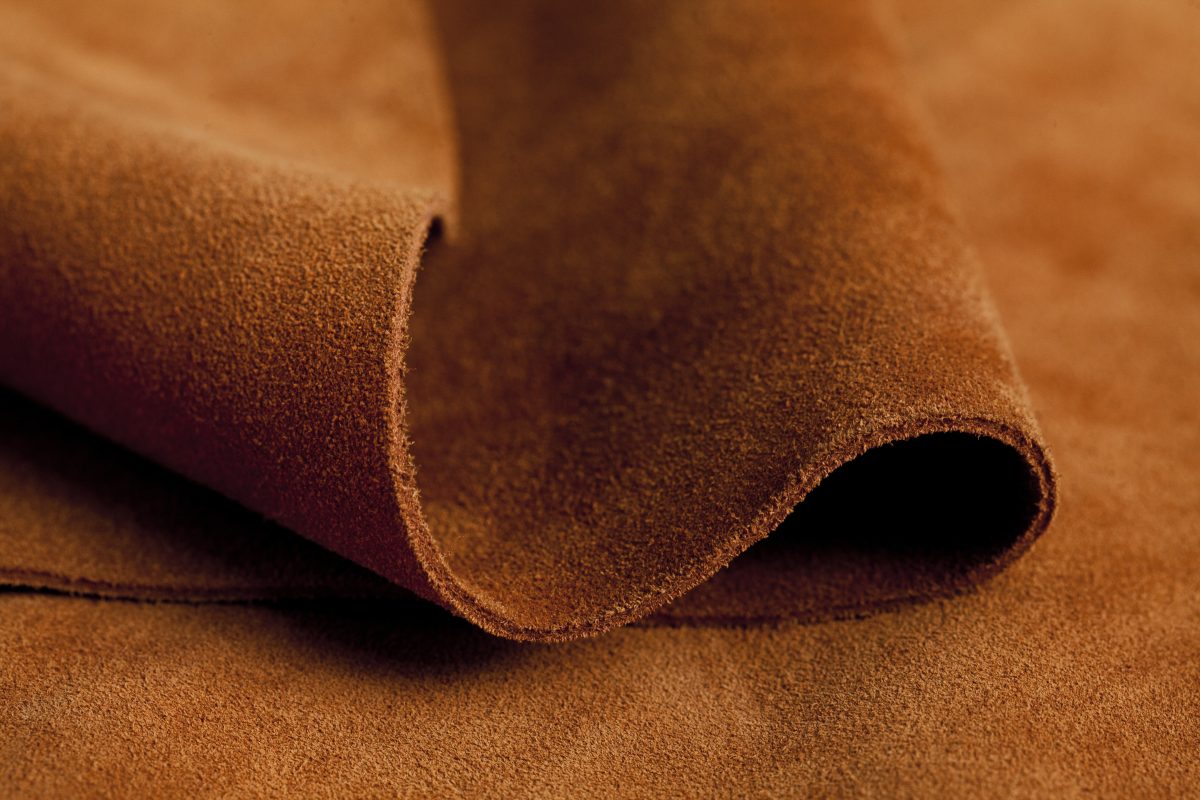
Origins Of Suede and Nubuck
With the exception of suede, which has been remembered forever in Elvis Presley’s rock n roll cover of Blue Suede Shoes, nubuck gained popularity when the Duke of Windsor visited the United States in the 1930s wearing Oxfords manufactured of this different type of leather.
Nubuck is currently universally recognized as the material used to make Timberland’s legendary boot. From American hip-hop stars of the aughts to British working men, everybody has endorsed this accessory.
Swedish skilled workers discovered a method to use the gentle, inner layers of the animal skin to generate luxe, silky gloves for wealthy ladies in the nineteenth century.
Thanks to its luxurious appearance and gentle feel, demand for the squishy deluxe leather spread across Europe, and suede ultimately became the preferred material for the twentieth century’s most renowned fashion houses, such as Hermes, Gucci, Paquin, and Givenchy.
So, What Is Suede, Exactly?
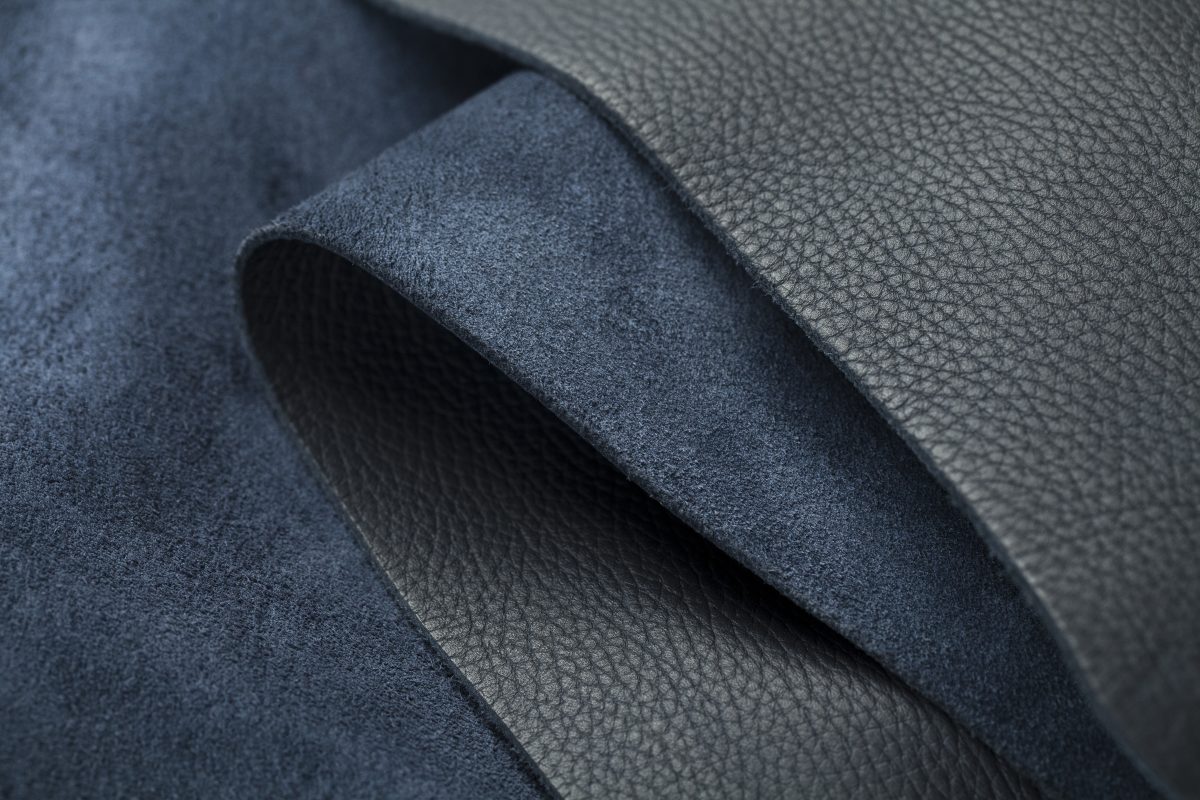
Even though both nubuck and suede have an expansively soft, fine texture and frizzy finish that differs from the softness of conventional leather, the two have significant differences that must be understood when buying softer leather products.
Suede is basically derived from the French phrase ‘gants de Suède,’ which interprets as ‘gloves from Sweden.’ Let’s start with the fundamentals before delving into how suede is made. The hide of an animal is composed of different layers, each with its own set of features. When these layers show up at a factory, they are separated (or divided) using machinery and transformed into various types of leather.
In general, the top layer is made of dense, closely compacted fibers that are water-resistant and extremely enduring. Once you take into account that the outer layer of an animal’s skin is susceptible to the weather, this just stands to reason. The fibers in the bottom level are typically looser or less densely compacted together. As a result, leather made from this section of the hide is less strong and water-resistant, while it has other advantages.
Suede is created by sanding the innermost layer of leather after it has been cut from the gentler and more malleable lower layers (the hide’s corium, to use scientific terminology). The fibers of suede are even further eased. As a consequence of the sanding, they are becoming elevated, giving the leather a silky, cuddled finish.
Suede leather is made from a variety of bovine animals, pigs, and deer. The material’s tenderness is determined by the animal’s breed and age. Thicker hides are typically produced by older cows and generate a relatively tougher material, whereas calves are expected to generate a softer type of suede.
What Is Nubuck, Exactly?

Nubuck is generally manufactured from the full-grain section of an animal’s hide, which is the topmost layer. This layer is scrubbed down to create a napped leather that is thicker and more reliable than suede; this is due to the material’s outstanding fiber structure, which is discussed further in the preceding section.
Following sanding, the nubuck could also be dyed and treated to achieve a universally soft and persistent finish. A lot of manufacturers, nevertheless, choose to adopt shortcomings, believing that they add to the feature of the leather.
Nubuck was conventionally produced from elk or deer, but due to its mildness, most nubuck is now derived from calfskin.
What Is the Difference Between Suede and Nubuck?
For a brief summary of the differences between suede and nubuck leather, take a look at this convenient table:
| Category | Nubuck | Suede |
| Origin | The same is true for this material, and most of it is made of cowhide | Sheeps, deers, cows, and other animals |
| Source | The hide’s outer layer | The inner layer of the hide is separated from the outer layer. |
| Texture | Strong, rugged, and resilient | Delicate, soft, and flexible |
| Durability | Usually last longer than suede | Not really durable |
| Application | Mostly shoes, boots, and other products | Usually shoes, wallets, coats, jackets, and more |
| Weight | Typically heavyweight and thick | Often lightweight and thin |
| Cleaning | Require unique leather care | Require unique leather care |
| Price | Sometimes can be a little bit more expensive than suede | Might be highly-costed |
How to Tell The Differences Between Suede and Nubuck?
One distinction between the two materials is that suede is thinner than nubuck. This is an essential difference because thicker materials have more strength and durability.
Furthermore, because suede is more absorbent than nubuck, it requires less upkeep. That is a characteristic that can only be experienced, not seen on retail shelves. As you run your hand across nubuck, you will feel a greater silky texture.
Nubuck tends to come in a heavier texture and a less leather-like feel. However, people will have different opinions on how suede and nubuck actually feel. Almost all of the time, it is difficult to distinguish between the two textiles.
Although suede is used to make shoes, it is more commonly seen in jackets, gloves, and other accessories. In addition, nubuck is used to make various leather accessories. However, it is most commonly found in shoes.
Applications of Nubuck
Generally speaking, nubuck is a durable material. As a consequence, it is used to manufacture items that are commonly susceptible to the elements or physical affection, such as daily pockets, exquisite leather purses, and bags.
Ugg boots, Birkenstock, and Timberlands sandals are all popular in nubuck leather. Again, this is related to the abrasion resistance of the material. Below is a look at some other nubuck items.
- Furniture. Our chairs and sofas must be lined with a fabric that is both solid and fluffy. In this matter, nubuck is an excellent choice.
- Backpacks. When it comes to designing modern backpacks with a practical, sturdy appearance, nubuck is becoming incredibly common.
- Accessories for everyday use. Pouches, belts, and wallets are all examples.
Applications of Suede
Suede leather, which is both thinner and softer than nubuck leather, is typically used for a wide range of footwear, outerwear, as well as accessories.
Its flexibility makes it simple to design, which is why, notwithstanding several durability problems, it is incredibly versatile. Suede’s fluffy, napped texture is ideal for skin-contact products, including moccasins upholstery, and other upmarket shoes and boots, and designer clothing. Here are some more instances of suede-crafted consumer products:
- Stylish accessories. Suede is good for creating belts, backpacks, and handbags due to its lavish look and adaptability.
- Footwear. Suede’s seamless napped surface is incredibly comfortable and lends a signature style to different types of mules, brogues, and loafers.
- Outerwear. From renowned fringe jackets of the 1960s to the jackets and blazers that have pervaded the world of fashion in the twenty-first century.
How To Clean and Care for Suede?
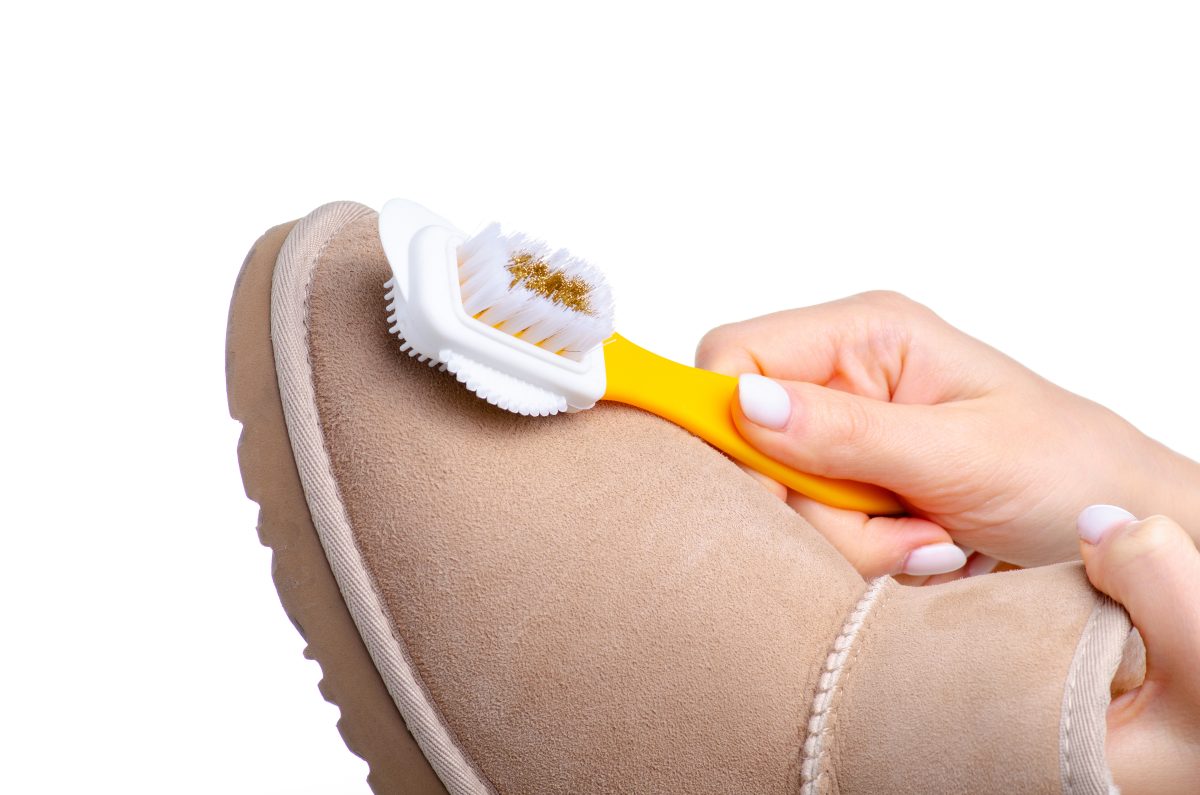
Most stains on suede goods could be easily removed with a suede brush. If you have a pair of scratched tan boots, for instance, you may be surprised at how much the organic texture and color could be restored with a suede brush. Normal brushes are more aggressive and might cause damage to the suede.
Suede is often easily broken by grime and humidity due to the fragile nature of both the longer and shorter fiber variants, and it might appear marked or scuffed. As a result, wearing suede shoes in the mud, snow, or rain is not advised.
If your suede item gets smutty or wet, the following tips will help you prevent lasting damage. Suede cleaner or eraser, suede brush, microfiber cloth, and water-repellant are all required tools.
Step 1: Blotting. Blot away extra water with a dry towel or microfiber cloth, being extremely cautious not to buff or wipe the water into the suede.
Step 2: Brushing. After blotting the excess moisture, gently press the impacted fibers backward and forward to remove the excess dirt with a toothbrush or soft-bristled brush. Clean in a circular motion and avoid pulling the nap in various directions. A suede cleaner allows for a deeper clean, while a suede leather eraser could be used to eliminate engrained stains.
When brushing, aim a hair dryer on the lowest heat at the area affected. Allowing suede to dry on its own can cause permanent damage.
Step 3: Resurrect. Following morning, clean the suede backward and forward with the soft bristle brush.
Step 4: Safeguard. When finished, apply a waterproofing product. Note that this should be completed 2-3 times per year, particularly during the rainy and chillier months.
How To Clean and Care for Nubuck?

In general, nubuck is simple to care for as it typically requires less specialized tools. A waterproofing product and a nubuck brush are generally all that are required to keep this premium leather in pristine condition. Nubuck is an instinctually durable leather, but a little extra treatment and care on your part will only make a pair of nubuck boots even more durable.
You will need the following items: a suede leather eraser, a nubuck bristle brush, water repellant, and a microfiber towel.
Step 1: Botting. Heat should never be used to dry nubuck leather. Rather than, simply wipe the leather with a microfiber cloth and let it dry for 24 hours.
Step 2: Brushing. Eliminate as much grime as possible with a soft nubuck bristle brush by gently rubbing in a circular motion. Every section should not take more than a few seconds to complete.
To clean the brush more thoroughly, soak it in lukewarm water with a mild detergent or use a suede cleaner and softly brush the affected region. Engrained stains may necessitate the use of a suede leather eraser.
Step 3: Resurrect. Clean the nubuck in a gentle, circular motion the following morning.
Step 4: Safeguard. Impose a nubuck-specific water-repellant product 2-3 times per year, particularly during wet and chillier months when the risk of water or moisture exposure increases.
Is Nubuck or Suede Better?
In this specific instance, Nubuck is most likely superior to suede in terms of durability and toughness. This material could withstand more abuse and take more wear and tear than suede.
However, in terms of texture and appearance, suede might come out on top because it is a soft material, and even though nubuck might also be soft, it might not be as delicate as suede. The appearance of suede is also superior to that of nubuck, and suede could easily be dyed to change the color.
If you really want a fabric that will last and doesn’t really require the delicate care that suede does, then nubuck would be a better choice than suede. In general, suede is a better option if you want to make some kind of fashion statement or simply look attractive.
Your wallet might also have an impact on which is better, as a lower in price is not always a negative idea.
Is Suede More Expensive Than Nubuck?
Suede is typically less expensive than nubuck. This is because nubuck is taken from the outer layer of the hide and is far more durable than suede. It is important to remember that smoothness does not always imply vulnerability.
Soft materials could also be durable. They are simply not as strong as tougher materials. Glass and some plastics are examples of harder materials that can be really delicate. However, nubuck might also be purchased at a lower cost than suede.
Ultimately, it all depends on how the fabrics were produced, their quality, and whether or not the sanding method was satisfactory. Finding great nubuck accessories and clothing begins with learning how they were manufactured. Quality might cost more, but it is well worth it in the long term.
Are Jordans Made of Nubuck or Suede?
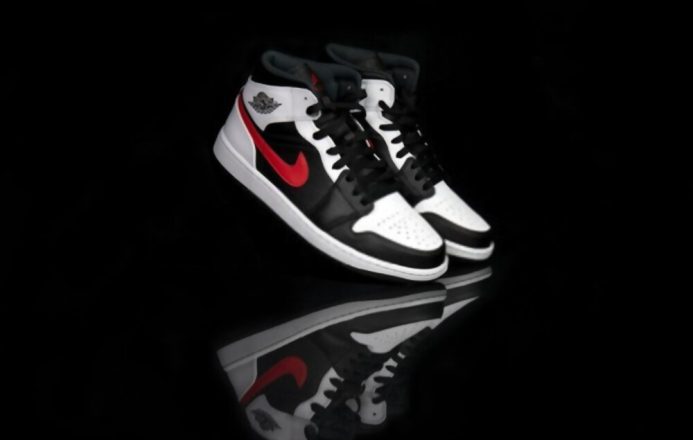
Nike is the originator of this shoe brand. They established a separate company, which has grown to be one of the most profitable in the industry. It is advantageous to use the name Jordan in the company. We were unable to locate a Jordan shoe company if there is really a different one.
To answer your question, suede is often used on occasion. I would say this occasionally because the company aims to create basketball shoes, and the materials used in those shoes range from leather to plastic to Kevlar compounds.
Are Sperrys Made of Nubuck or Suede?

The brand is just similar to Van’s. It insists on making shoes out of both materials, giving you the option of style, great looks, reliability, and sturdiness. It is definitely up to you to determine what material you want to purchase your shoes in, and Sperry’s has a decent variety.
The company then gives you advice on how to keep your new Sperry nubuck and suede shoes spotless. A little assistance is always welcome, particularly when it comes to cleaning and caring for suede materials.
The price of these shoes might be a little high. Nevertheless, you can rest assured that your feet will definitely be comfortable, well-cared for, and fashionable. Buying at Sperry’s will also save you lots of time because you can purchase both types of shoes (nubuck and suede) in one location.
Are Timberlands Made of Nubuck or Suede?
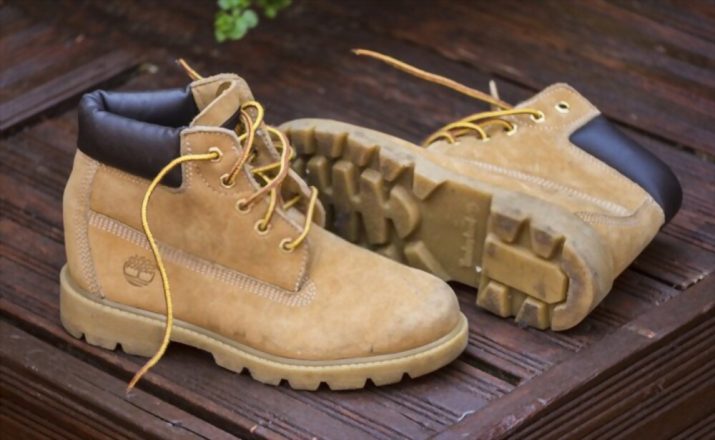
This shoe brand appears to believe that suede and nubuck are interchangeable. However, when discussing cleaning and caring for nubuck leather, they include suede in brackets as if the two different types of leather are equivalent.
However, as you are aware, they are not comparable. The majority of Timberland’s boots are made of nubuck or high-quality leather. They are simply more durable than suede, and you are not missing out by not owning a pair of suede Timberland boots.
You get outstanding quality, superior craftsmanship, great appearance, and a delicate exterior. Because nubuck is easier to clean and care for than suede, skipping the suede boots saves you cleaning and maintaining headaches.
Are Ugg Boots Made of Nubuck or Suede?

Uggs are typically made with a shearling lining and a suede upper This style is extremely comfortable for your feet. Since they are made of these materials, they must be waterproofed before being worn outside.
Uggs also manufactures its own waterproofing material. As such, you might want to purchase a bottle or two to ensure that you are using the correct material on your Uggs boots. If you just don’t have enough money for that choice, Amazon has some good cheaper alternatives.
The only thing you should notice about Uggs boots is that they are not designed for use in severe weather. You do not want to stroll through heavy snowfalls or mud while wearing these boots. The waterproofing only goes so far before it fails, leaving you with a sticky mess.
It would be better to wear rubber boots rather than to ruin your expensive boots.
Are Vans Made of Nubuck or Suede?
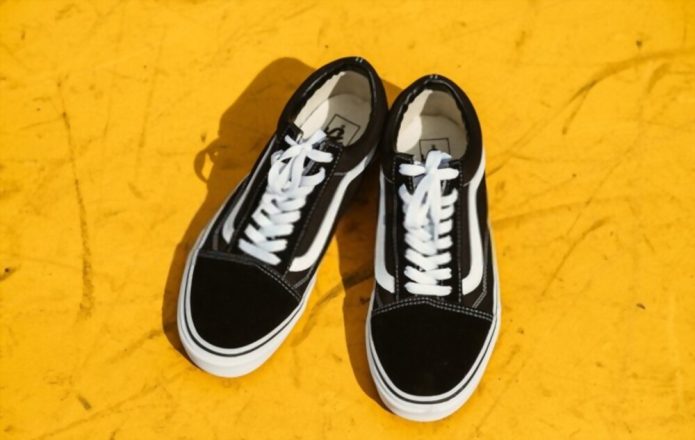
Vans appear to take no opportunities. To keep their market choices open, they are producing shoes from both materials. In general, nubuck is a smart business decision because it is as gentle, if not gentler, than suede.
What makes this choice even better is that nubuck sneakers are stronger and more reliable than suede sneakers. When you wear Vans sneakers made of this material, they should definitely last you longer. This allows you to save relatively a lot of money if you do a lot of walking all around the workplace or in your town.
Van’s suede shoes have a place in your wardrobe because they will look fabulous when you go on a date night or to a formal evening occasion that requires you to look your best. It would be great if Van’s provided options because you can get all of your shoes in one place and save your time.
Conclusion
Slipping into suede may be the best choice for you if you are looking for warmth, comfort, and upmarket fashion. You purely cannot go wrong with nubuck if you favor an informal, sturdy style that stands the test of time but have some extra money to spend.
However, whether you choose nubuck or suede, the comfort, timeless attraction, and beauty of these soft leathers are difficult to resist.

